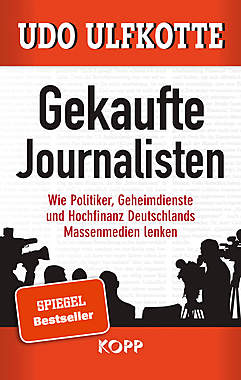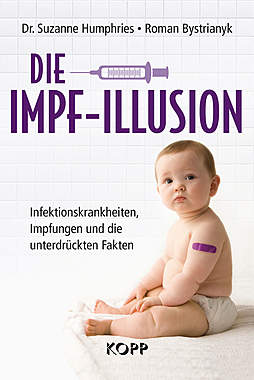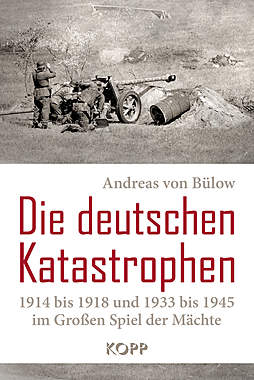- Experiment am Max-Planck-Institut beweist Korrelationismus als Farce - sensortimecom, 25.10.2007, 12:53
- Re: Gilt das auch fĂĽr Lichtquanten im Vakuum? -mkT - Mephistopheles, 25.10.2007, 13:05
- Re: Experiment am Max-Planck-Institut beweist Korrelationismus als Farce - Todd, 25.10.2007, 13:47
- Re: Experiment am Max-Planck-Institut beweist Korrelationismus als Farce - Todd, 25.10.2007, 13:58
- Re: Experiment am Max-Planck-Institut beweist Korrelationismus als Farce - Fremdwort, 25.10.2007, 14:26
- Muhahahaaa...das Einzige, was Du hier beweist, ist Deine Unwissenheit. - YooBee, 25.10.2007, 14:49
- Sie sind ein Witzbold. Möglicherweise einer der sich in science-online rumtreibt - sensortimecom, 25.10.2007, 18:20
- Wer macht denn hier die Witze? - YooBee, 25.10.2007, 21:07
- Re: Dann gibt es da noch die lieben Forumsteilnehmer, denen ich zu gerne die Box - Mephistopheles, 25.10.2007, 21:16
- Re: Wer macht denn hier die Witze? - sensortimecom, 25.10.2007, 22:00
- Wer macht denn hier die Witze? - YooBee, 25.10.2007, 21:07
- Sie sind ein Witzbold. Möglicherweise einer der sich in science-online rumtreibt - sensortimecom, 25.10.2007, 18:20
- Wieso @sensortime das eben genannte aus dem Artikel folgert (mT) - DT, 25.10.2007, 16:59
Wieso @sensortime das eben genannte aus dem Artikel folgert (mT)
-->ist mir schleierhaft.
Hier im Artikel heiĂźt es doch klipp und klar:
"We demonstrate our ability to obtain direct time-domain access to charge dynamics with attosecond resolution by probing photoelectron emission from single-crystal tungsten. Our data reveal a delay of approximately 100 attoseconds between the emission of photoelectrons that originate from localized core states of the metal, and those that are freed from delocalized conduction-band states."
So what? Wo ist da die"Physik Einsteins" in irgendeiner Weise verletzt?
Wenn Ferenc Krausz gefunden hätte, daß er"neue Physik" gefunden hätte, dann hätte er dem Artikel Nature 449, 1029-1032 (25 October 2007) in Nature sicher nicht den relativ bescheidenen Namen"Attosecond spectroscopy in condensed matter" gegeben.
Alle anderen Kommentare, wie zB der mit der"festgesetzten" Lichtgeschwindigkeit und der Genauigkeit der Messung sind Quatsch. Mit einem einfachen Interferometer, das auf lambda/20 genau ist, lassen sich Zeitverschiebungen auf Attosekundenskala messen. Bei lambda=800 nm dauert ein Pulszug von einer Wellenlänge etwa 2.6 Femtosekunden, und lambda/20 sind dann 130 Attosekunden.
GruĂź DT
PS: Hier der Text von Physics News Update von heute:
PHYSICS NEWS UPDATE
The American Institute of Physics Bulletin of Physics News
Number 844 October 25, 2007 by Phillip F. Schewe
www.aip.org/pnu
SOLID-STATE ATTOSECOND MEASUREMENTS. Physicists at the Max Planck
Institute fur Quantum Optics in Munich have previously looked at the
behavior of electrons in atoms in the gas phase over a timescale of
a hundred attoseconds (1 as=10^-18 second) or so. Now the
scientists, led by Ferenc Krausz, have, in collaboration with their
colleagues from Bielefeld, Hamburg, Vienna and San Sebastian, made a
measurement of electron motion in a solid-state environment over a
comparable timescale. The specific measurement-observing the
difference in arrival times of electrons flying out of an atom
struck by laser light-represents the sharpest time-resolution ever
achieved in a condensed-matter experiment. To bring about this
feat, a near infrared (NIR) laser pulse consisting of only a few
well-chosen cycles is sent through a column of neon, producing a
number of secondary beams of shorter wavelength. One of these
beams, at extreme ultraviolet (XUV) wavelengths, appears in very
truncated bursts lasting only 300 as. Next, the XUV pulse is
directed at a tungsten target where atoms lying close to surface can
be ionized. Actually the ultraviolet light tends to liberate an
out-lying (delocalized) electron from the atom as well as an
inner-lying (localized) electron. These two electrons can proceed
through the crystal and toward a detector where, depending on the
time of their arrival, they can be told apart.
This identification process is enhanced in a clever way. Traveling
co-linearly with the XUV pulse (and coherently linked to it) is part
of the original NIR laser beam. The NIR intensity was carefully
chosen so that it would not do the work of ionization (that task
being assigned to the XUV light) but would be strong enough to
accelerate the ionized electrons as they sprang out of the sample
surface. The arrival of the NIR pulse with its well-controlled
electric field was staged so that the first of the two electrons to
appear (the faster-moving outer electron) would receive a boost in
speed from the electric field of the NIR radiation, while the second
electron (the slower inner-shell electron) received less of a
boost. In other words the NIR light acted like a atomic-sized
accelerator, speeding up the electrons, but in differing amounts.
This accentuated the difference in the arrival times of the two
electrons, making it easier to tell them apart.
The net result was an ability to measure the time delay of the two
electrons coming across the top few layers of the solid-state
sample. The measured interval, 110 attoseconds with an accuracy of
70 attoseconds, constitutes the unprecedented *attosecond*
measurement. One of the researchers, Adrian Cavalieri
(adrian.cavalieri@mpq.mpg.de) says that monitoring electron motions
in a crystal with this level of precision is the first step in
developing a much faster style of electronics, maybe even at a
petahertz (10^15 Hz) rate. First comes measurement at
100-attosecond levels, later comes control of electron activity.
(Cavalieri et al., Nature 25 October 2007; http://www.attoworld.de/)
gesamter Thread:
 Mix-Ansicht
Mix-Ansicht

